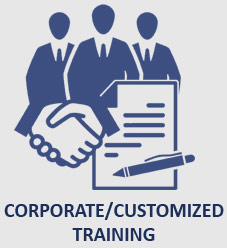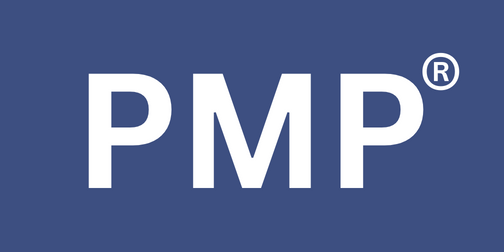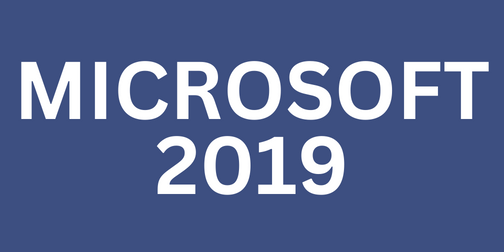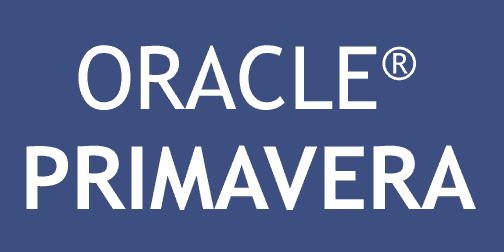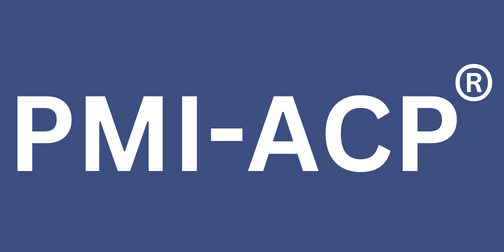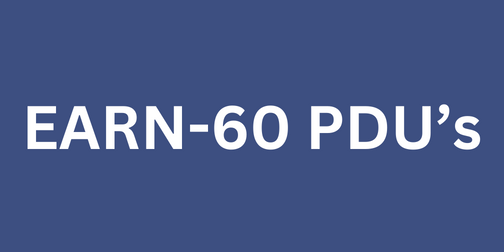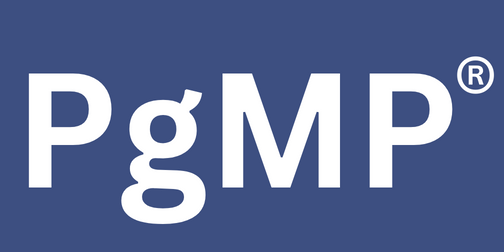.png)
Agile Project Management Framework (APM)
Posted On March 28, 2025 - 17:22 PM
1. Introduction
In today’s fast-paced business environment, adopting an Agile Project Management Framework (APM) is essential for organizations aiming to deliver value efficiently. Understanding what is Agile project management framework helps businesses appreciate its focus on adaptability, collaboration, and continuous improvement. By implementing APM, companies can achieve faster project deliveries, improved flexibility, and enhanced customer satisfaction.
2. Understanding Agile Project Management (APM)
To effectively implement Agile project management, it's crucial to grasp its core principles and how they differ from traditional methodologies like the Waterfall model. Agile methodology emphasizes iterative development, customer collaboration, and responsiveness to change, making it a preferred approach in dynamic project environments. It enables teams to be flexible, respond quickly to market changes, and consistently deliver high-value increments.
Unlike traditional project management, which follows a linear approach, Agile project management methodology thrives on adaptability. The Agile process ensures continuous feedback, allowing teams to refine and adjust their strategies according to real-time needs. This results in improved risk management, better project outcomes, and more engaged stakeholders.
3. Core Components of Agile Project Management
-
Iterative Approach & Continuous Improvement: Projects progress via continuous releases, allowing for ongoing enhancements based on feedback.
-
Customer Collaboration & Stakeholder Involvement: Regular engagement with stakeholders ensures the project aligns with evolving business needs.
-
Flexibility & Adaptability: The framework accommodates changes at any stage to improve outcomes.
-
Self-Organizing Teams & Accountability: Teams operate independently, fostering innovation and ownership.
-
Value-Driven Delivery: Agile ensures that project deliverables are prioritized based on business value, ensuring that the most important features are completed first.
4. Agile Methodologies Under APM
There are several methodologies under Agile project management framework, each with its unique approach and benefits:
-
Scrum: A structured Agile methodology with defined roles and time-boxed sprints.
-
Kanban: A visual Agile project management process that emphasizes continuous delivery and task flow optimization.
-
Lean: Focuses on minimizing waste and maximizing customer value by continuously improving processes.
-
Extreme Programming (XP): Emphasizes technical excellence, frequent releases, and continuous customer involvement.
-
SAFe (Scaled Agile Framework): A structured approach to scaling Agile across large enterprises.
-
Hybrid Agile Approaches: Combines elements from various methodologies to suit specific project needs.
5. Key Roles in Agile Project Management
Successful Agile project execution relies on well-defined roles within the team:
-
Product Owner: Defines and prioritizes the product backlog, ensuring that development aligns with business goals.
-
Scrum Master / Agile Coach: Facilitates the Agile process, removes impediments, and helps teams stay focused on objectives.
-
Development Team / Cross-functional Team: Responsible for delivering increments of work during sprints.
-
Stakeholders: Provide continuous feedback and validate deliverables to ensure business alignment.
-
Agile Project Manager: Helps in planning, coordinating, and implementing Agile best practices at an organizational level.
6. Agile Project Lifecycle
-
Concept & Initiation: Define the vision, scope, and objectives to align with business goals.
-
Planning & Backlog Prioritization: Break down work into user stories, prioritize tasks, and create a backlog for efficient sprint planning.
-
Execution: Sprints & Iterations: Develop and test features in time-boxed sprints while continuously refining the backlog.
-
Monitoring & Adapting: Track progress through Agile metrics, make necessary adjustments, and ensure alignment with customer needs.
-
Review, Retrospective & Continuous Improvement: Conduct sprint reviews, retrospectives, and implement lessons learned for future iterations.
7. Agile Tools & Technologies
Selecting the best tools for Agile project management is vital for facilitating collaboration, tracking progress, and ensuring smooth workflows. Popular tools include:
-
Jira: One of the most widely used tools for managing Agile projects, offering comprehensive tracking and reporting features.
-
Trello: A Kanban-based project management tool perfect for visualizing workflows and tracking task progress.
-
Asana: Helps teams manage tasks efficiently while integrating with Agile processes.
-
Monday.com: Offers workflow automation, sprint planning, and Agile roadmap visualization.
-
Azure DevOps: Provides end-to-end Agile project tracking, CI/CD pipelines, and team collaboration features.
8. Benefits of Agile Project Management Framework
Understanding the benefits of Agile project management framework can help organizations appreciate its value. Key advantages include:
-
Faster Delivery & Improved Time-to-Market: Continuous iterations ensure quick releases and faster customer feedback loops.
-
Enhanced Collaboration & Customer Satisfaction: Involving stakeholders throughout the process leads to better products.
-
Increased Adaptability to Change: Teams can pivot strategies based on real-time market conditions and feedback.
-
Better Quality & Risk Management: Frequent testing and incremental development enhance quality assurance and reduce project risks.
-
Higher Productivity & Team Morale: Agile teams work collaboratively, fostering engagement and motivation.
9. Challenges & Solutions in Agile Implementation
While Agile offers numerous benefits, organizations may encounter obstacles. Recognizing the challenges in Agile project management and how to overcome them is crucial for successful implementation. Some common challenges include:
-
Resistance to Change: Solution – Provide proper Agile project management training and educate teams on Agile principles.
-
Lack of Agile Expertise & Training: Solution – Organizations should invest in certified Agile project managers and conduct regular Agile workshops.
-
Scaling Agile in Large Organizations: Solution – Implement structured frameworks like SAFe (Scaled Agile Framework) for enterprise-wide adoption.
-
Difficulty in Estimating Project Timelines & Costs: Solution – Use Agile estimation techniques like story points, velocity tracking, and relative sizing.
-
Measuring Agile Success & KPIs: Solution – Track Agile success metrics such as sprint velocity, cycle time, customer satisfaction, and return on investment (ROI).
-
Maintaining Stakeholder Engagement: Solution – Conduct frequent demos, sprint reviews, and transparent reporting.
10. Real-World Applications of Agile Project Management
Agile is widely used across various industries, demonstrating its versatility and effectiveness:
-
Software Development: Agile is the backbone of modern software engineering, enabling rapid deployment and iterative improvements.
-
Marketing & Advertising: Agile methodologies help marketing teams create flexible campaigns, respond to trends, and improve ROI.
-
Finance & Banking: Agile ensures faster innovation, regulatory compliance, and improved customer experiences in financial services.
-
Healthcare & Pharmaceuticals: Agile practices streamline drug development, patient management, and medical research.
-
Manufacturing & Supply Chain: Agile methodologies optimize supply chain management, reduce waste, and improve operational efficiency.
11. Conclusion
The Agile Project Management Framework is a powerful approach for businesses aiming for efficiency, flexibility, and continuous improvement. By understanding what is Agile project management framework and learning how to implement Agile project management, organizations can navigate the complexities of modern projects effectively. Utilizing the best tools for Agile project management and being aware of the benefits of Agile project management framework and the challenges in Agile project management and how to overcome them will position teams for success in today’s dynamic business landscape.
Organizations looking to adopt Agile should invest in Agile training, select the right methodology, and utilize the best Agile tools. Whether in software development, marketing, finance, or healthcare, Agile project management offers a competitive advantage by ensuring flexibility, efficiency, and customer satisfaction.
Check Out This Blog : Twenty Agile Skills That Every Professional Must Have to Succeed











